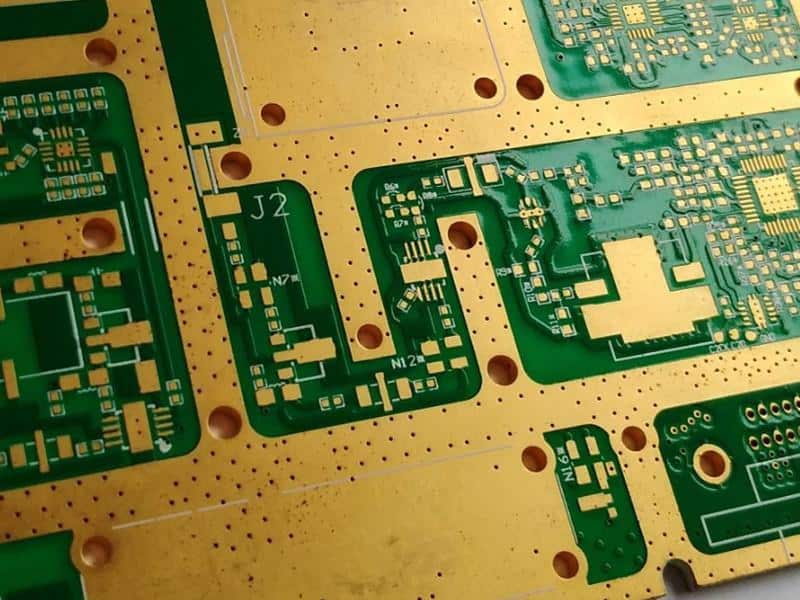Introduction
The 5th generation of mobile networks, known as 5G, has started rolling out globally, promising faster speeds, lower latency, and the ability to connect massive numbers of devices. While the initial 5G spec focused on the sub-6GHz and mmWave frequencies, mobile operators like Rogers have started looking beyond the first release to ensure their networks can deliver the full promise of 5G.
Rogers Communications, one of the largest telecom operators in Canada, is developing its 5G strategy under the banner of Rogers CLTE. CLTE stands for Comprehensive Long Term Evolution. It encompasses Rogers’ overall plan to continuously evolve its 5G network over the long term, leveraging new 5G technologies as standards are finalized.
What is CLTE?
Rogers CLTE represents the company’s commitment to rapidly deploy 5G networking technology as it becomes available. CLTE focuses on four key pillars:
Speed
5G networks promise to deliver peak speeds up to 20 Gbps through the use of technologies like mmWave. Rogers CLTE will leverage high-frequency spectrum and network advancements to offer mobile speeds over 10 Gbps.
Capacity
5G uses spectrum more efficiently than 4G, allowing more data to be transmitted over the same frequencies. Rogers CLTE will expand capacity to enable smart cities, industrial automation, and other high-bandwidth use cases.
Latency
Ultra low latency down to 1 millisecond will enable real-time applications like autonomous vehicles, remote surgery, and AR/VR. Rogers CLTE focuses on reducing latency across its entire network.
Coverage
While early 5G deployments are limited to major urban centers, Rogers CLTE will expand coverage to rural areas and indoor locations like factories, offices, and venues. Advanced technologies like small cells will densify the network.
CLTE Network Evolution Roadmap

Rogers’ CLTE roadmap outlines the long term evolution of its 5G network across three key phases:
Phase 1: Non-Standalone 5G
Initial 5G deployments are non-standalone, meaning 5G radios rely on existing 4G LTE core infrastructure. Rogers launched non-standalone 5G in 2020 using low/mid-band spectrum.
Phase 2: Standalone 5G
Standalone 5G uses a brand new core optimized for 5G use cases. Rogers will launch standalone 5G in 2021, starting with 3.5 GHz deployments.
Phase 3: Advanced 5G
This phase leverages technologies like mmWave, dynamic spectrum sharing, small cells, and network slicing to enhance all aspects of the 5G network. Rogers CLTE runs through 2025.
Here is a summary roadmap:
| Phase | Timeline | Key Features |
|---|---|---|
| Non-Standalone 5G | 2020 | Low/mid-band 5G NR<br>4G LTE core network |
| Standalone 5G | 2021 – 2022 | 3.5 GHz coverage<br>5G core network |
| Advanced 5G | 2022 – 2025 | mmWave & sub-6 GHz<br>Spectrum sharing<br>Small cells<br>Network slicing |
CLTE: Delivering the 5G Future Today
Rogers CLTE represents an ambitious and future-focused 5G strategy. While commercialization of some key technologies remains years away, Rogers is pushing ahead with rapid 5G development to deliver the performance, capabilities and coverage needed to enable the 5G use cases of tomorrow.
With CLTE, Rogers aims to provide Canadian consumers, businesses, and public sector organizations with a world-class 5G network that evolves continuously over time. Rogers’ approach emphasizes:
- Early leadership – Fast-tracked launch of initial 5G capabilities
- Future-proofing – Constant enhancement and expansion of the network
- Ecosystem development – Collaborating with partners to spur 5G innovation
- Inclusive reach – Expanding 5G coverage beyond urban centers
- Customer value – Delivering new 5G capabilities that directly benefit users
While the full potential of 5G remains years away, Rogers CLTE represents a long-term commitment to drive the evolution of 5G today to meet the demands of tomorrow.
Frequently Asked Questions
Here are answers to some common questions about Rogers’ long term 5G strategy:
What is the timeline for rolling out CLTE capabilities?
Rogers began deploying non-standalone 5G in early 2020 using 600 MHz spectrum. Standalone 5G using 3500 MHz spectrum will launch commercially in 2021. Advanced capabilities will rollout through 2025 as technologies like mmWave mature.
How does CLTE benefit consumers?
Consumers will experience faster speeds for streaming, gaming, AR/VR and more. Lower latency improves real-time apps. Increased capacity enables connected homes, cities and industrial automation.
What cities will get 5G first?
Initial rollout is focused on Toronto, Ottawa, Vancouver, Montreal and other major urban centers. Rural coverage will expand through 2025.
Does CLTE require new devices?
Some capabilities may require new devices. But Rogers is committed to supporting all generations of 5G devices on its network.
How does Rogers expand capacity?
Rogers will use spectrum sharing, small cell densification, and technologies like massive MIMO to expand capacity as needed.
Conclusion
Rogers CLTE provides a comprehensive technology evolution plan to continuously enhance its 5G network over the long term. While launching 5G services now, Rogers is already focused on advancing the network to enable emerging use cases as the technology matures. With its future-focused CLTE program, Rogers aims to deliver world-class 5G capabilities to Canadian consumers and businesses for years to come.

Leave a Reply